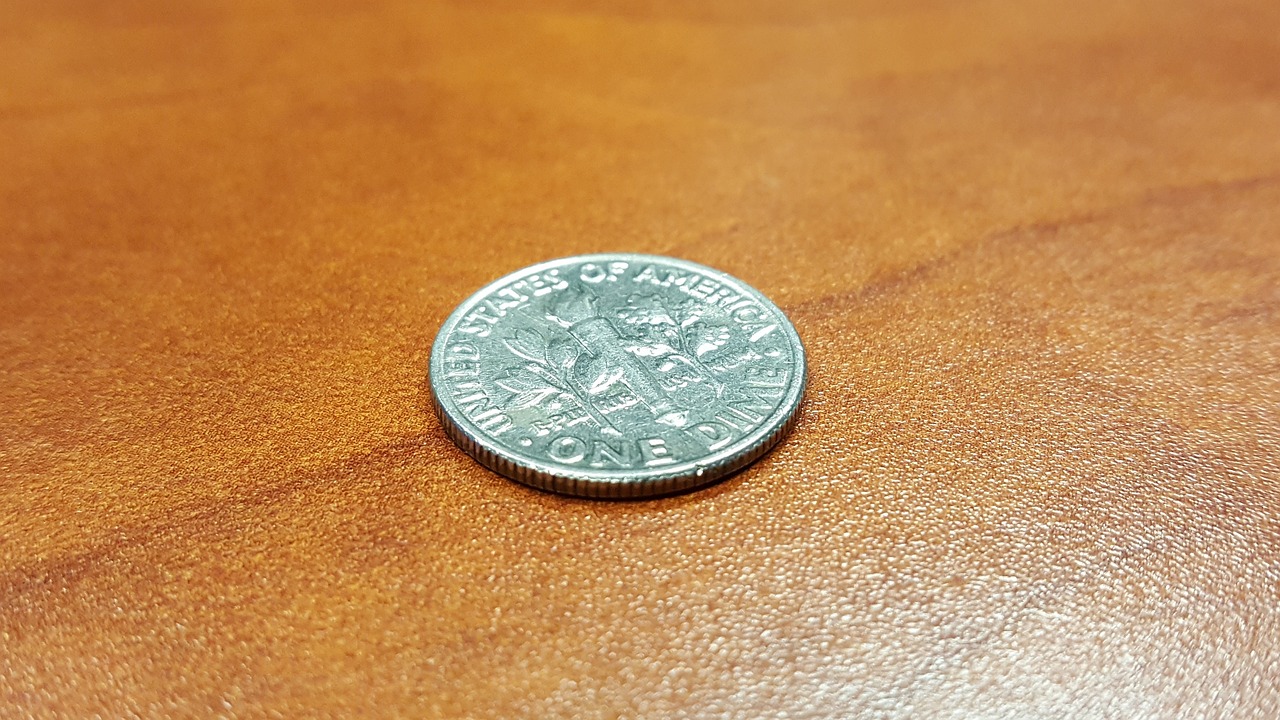- Home
- Miscellaneous
- 15 Dandy Facts about the Dime

15 Dandy Facts about the Dime
Coins are often overlooked, but they harbor an intriguing history. The dime, a fundamental element of American currency, holds many secrets and stories. Discover 15 compelling facts about the dime that might just surprise you.
Intriguing Facts About the Dime:
- Historic Beginnings: Minted first in 1796, shortly after the U.S. declared independence, the dime featured Lady Liberty on the front and an eagle on the back.
- The Scot Design: Scottish-American Robert Scot, the Chief Engraver at the U.S. Mint, crafted the original design of the dime, showcasing Lady Liberty with a “LIBERTY” inscribed ribbon and 15 stars for the states then in the Union.
- Material Makeup: Composed of “cupronickel,” the dime blends copper and nickel, specifically 91.67% copper and 8.33% nickel, with a manganese coating for a silver sheen.
- Size and Scale: As the smallest U.S. Mint coin, the dime measures just 0.705 inches in diameter and 0.0598 inches in thickness.
- Silver Legacy: The earliest dimes contained 89.24% silver and 10.76% copper, with a 19mm diameter and a 2.70 grams weight.
- Presidential Presence: President Franklin D. Roosevelt, who led from 1933-1945, has graced the dime for nearly 70 years, beginning in 1946.
- Design Evolution: Before FDR, the dime showcased Lady Liberty, a wreath, and an eagle, later replaced by Lady Liberty and various presidents.
- A Phrase of Faith: “In God We Trust” debuted on the dime in 1864, reflecting the Civil War era’s religious sentiment and remains a staple on U.S. currency.
- Durability: Despite their size, dimes can last up to 30 years or more with proper care.
- Inflation Impact: A dime in 1792 had significantly more purchasing power, equivalent to buying 2-3 loaves of bread.
- Global Circulation: Since 1792, over 270 billion dimes have been minted and circulated worldwide.
- Legal Protection: Counterfeiting dimes attracts severe penalties, including up to 25 years of imprisonment and fines up to $250,000.
- Manufacturing Might: It takes about eight tons of pressure per square inch to mint a single dime.
- Historical Namesake: The dime was once called a “disme,” a term rooted in the French word “dîme,” meaning “tithe” or “tenth.”
- Mass Production: In 2020 alone, the U.S. Mint produced over 7 billion dimes, underscoring its status as one of the most widely circulated coins.
Enjoyed these facts about the dime? Explore 15 fascinating facts about the penny.